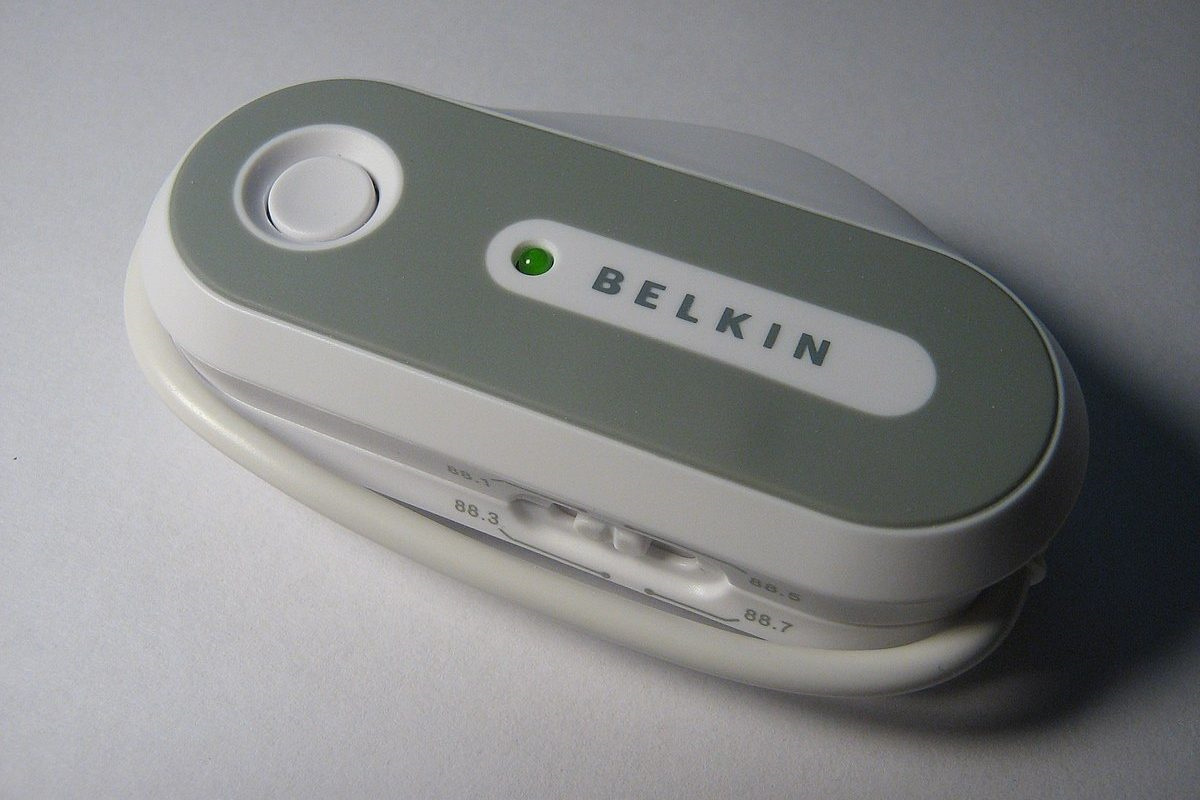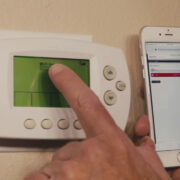In the age of streaming and digital media, the nostalgic charm of radio has an allure that technology enthusiasts and everyday users alike still appreciate. With smartphones at the heart of our digital lives, many wonder if it’s possible to combine the two—effectively turning their mobile device into a personal radio station. The concept is simple: use an FM transmitter app to beam your favorite tunes directly through your car stereo or any nearby radio. Enabling this bridge between modern devices and traditional radio could redefine your audio entertainment experience.

Dedicated FM Transmitter Devices for Smartphones
Many smartphones do not have a built-in FM transmitter, but you can bridge this gap with dedicated FM transmitter devices specially designed for smartphones. These compact gadgets plug into your phone’s audio jack or connect via Bluetooth and transmit the audio over an FM frequency.
Detailed Steps:
- Purchase a compatible FM transmitter device.
- Plug the device into your smartphone’s audio port or connect via Bluetooth.
- Set the device and your car stereo to the same unused FM frequency.
- Play the audio on your phone, and it should transmit to your car stereo.
Summary:
The external FM transmitter offers a practical solution to stream audio from your phone to your car’s FM radio. This is particularly useful for older vehicles without modern connectivity. The clarity of the audio may vary depending on the quality of the transmitter and local radio interference.
Bluetooth-enabled FM Transmitters
For a wireless experience, a Bluetooth-enabled FM transmitter is a fantastic option. These devices not only allow streaming from your phone to your FM radio but often come with extra features like hands-free calling and USB charging ports.
Detailed Steps:
- Plug the Bluetooth FM transmitter into your car’s cigarette lighter socket.
- Pair your smartphone with the transmitter via Bluetooth.
- Tune the transmitter and car radio to an unoccupied FM frequency.
- Play audio on your phone to enjoy it through your car speakers.
Summary:
The Bluetooth-enabled FM transmitter is versatile, supporting not just audio streaming but also other functionalities. Audio quality is generally reliable, but as with any FM transmission, local FM interference might affect performance.
Streaming Apps with FM Radio Functionality
Certain streaming apps include FM radio functionality, tapping into your phone’s built-in FM receiver (where available) to pick up local stations without using data.
Detailed Steps:
- Install a streaming app that supports FM radio.
- Plug in wired headphones (which act as the FM antenna).
- Use the app to scan for and select local FM stations.
Summary:
This solution works well for phones with an in-built FM receiver, with headphones acting as an antenna. It’s limited, though, by the phone’s hardware capabilities and requires headphones, which may not be an option in all scenarios.
Using Online Radio Platforms
Online radio platforms and apps let you stream thousands of live radio stations worldwide using your phone’s internet connection.
Detailed Steps:
- Find and download a reputable online radio platform from your app store.
- Browse or search for radio stations by genre, country, or popularity.
- Select a station and stream it live through your phone.
Summary:
Online radio platforms offer an immense selection of stations without the need for an FM transmitter or tuner, although they do consume data and require an internet connection.
Station-specific Apps
Some radio stations offer their own dedicated apps, allowing you to stream their live broadcast directly from your smartphone.
Detailed Steps:
- Download the specific radio station’s app from your phone’s app store.
- Open the app and start streaming live radio with a tap.
Summary:
While you get a direct stream without the need for an FM transmitter, you’re limited to listening to stations that offer their own app.
Utilizing Aux Input
If your car stereo has an auxiliary input, you can directly connect your smartphone with an aux cable to play audio through your car speakers.
Detailed Steps:
- Connect one end of the aux cable to your phone’s headphone jack.
- Plug the other end into the aux input of your car stereo.
- Set your car stereo to the aux mode and play audio from your phone.
Summary:
This wired solution provides good sound quality without needing an FM transmitter, although it does require a physical connection and the presence of an aux input on your car stereo.
Smartphone Holders with Built-in FM Transmitters
Smartphone holders with integrated FM transmitters serve a dual purpose: they hold your phone securely in place while also transmitting your audio to the car radio.
Detailed Steps:
- Insert your phone into the holder.
- Connect your phone to the holder’s FM transmitter function.
- Set both the transmitter and your car stereo to the same FM frequency.
- Play your audio, which will be transmitted to your car stereo.
Summary:
These holders offer convenience and functionality, but the FM transmitter’s quality can vary widely, as can its susceptibility to interference.
Tips for Clear Transmission
To ensure the clearest possible transmission when using any FM transmitter, follow these tips:
- Always choose the least crowded FM frequency in your area.
- Keep the transmitter close to the car radio’s antenna.
- Avoid physical obstructions between the transmitter and the receiver.
Summary:
These tips can significantly improve the quality of the audio being transmitted and reduce the chances of interference from other FM stations.
Car Audio System Upgrades
Consider upgrading your car audio system to one with native smartphone integration for an optimal listening experience.
Detailed Steps:
- Research car stereos that support direct smartphone connectivity.
- Have the new system installed by a professional.
- Connect your phone via USB or Bluetooth to enjoy high-quality audio.
Summary:
While more expensive, upgrading your car audio system provides the best quality and usually includes additional features such as navigation, hands-free calling, and more.
Bluetooth Car Kits
For cars without built-in Bluetooth, a Bluetooth car kit can enable wireless connectivity between your phone and your car stereo.
Detailed Steps:
- Install the Bluetooth car kit in your vehicle according to the manufacturer’s instructions.
- Pair your smartphone with the car kit.
- Set your car audio to the appropriate input mode and start streaming.
Summary:
Bluetooth car kits provide a balance between functionality and cost, often including hands-free calling and music controls.
Conclusion
Even though directly transmitting FM radio signals from your phone via an app may not be straightforward, numerous alternative methods exist to enjoy your favorite radio stations and playlists in your car. From using an external transmitter to streaming platforms, your smartphone can become a hub for radio entertainment, tailored to your listening preferences.
FAQs
Can I install an FM transmitter app on my smartphone to broadcast radio without additional hardware?
Most smartphones cannot broadcast FM without additional hardware because they do not have a built-in FM transmitter. You will likely need an external device or alternative approach to transmit radio from your phone.
What’s the best frequency to use for an FM transmitter?
The best frequency for an FM transmitter is one that is not occupied by local radio stations. This varies depending on your location, so you’ll need to scan for a clear frequency.
Does using an FM transmitter app consume data?
Actual FM transmitter devices do not use data, as they are broadcasting over radio frequencies. However, online radio platforms and station-specific apps will consume data when streaming over the internet.








